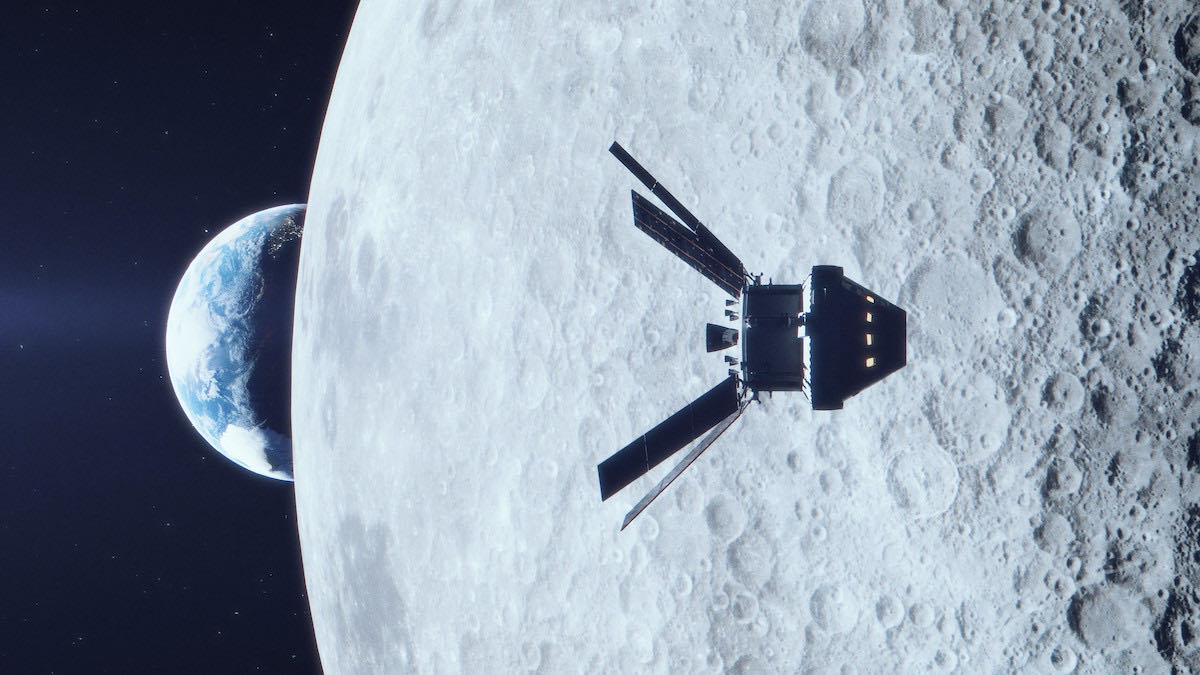In Today’s Deep Space Extra… Artemis II astronauts to be named this year. NASA’s Aerospace Safety Advisory Panel members express their concerns about agency reorganization. Number of 3-D printed parts aboard satellites grows amid advances in additive manufacturing.
Human Space Exploration
NASA to name astronauts this year for first Artemis Moon mission
Coalition Members in the News – Maxar, Northrop Grumman
Spaceflightnow.com (1/26): NASA’s upcoming uncrewed Artemis I test flight around the Moon and back to Earth will be followed later this year by the naming of the four astronauts to launch on the crewed Artemis II mission. The Artemis II test flight will include three American and one Canadian astronauts, who are poised to set a record for the most distant human spaceflight ever. In December 2020 NASA named 18 astronauts to its Artemis Team, those designated to prepare for future missions to the Moon.
On Day of Remembrance, NASA and its advisors have safety top of mind
Spacepolicyonline.com (1/27): NASA Administrator Bill Nelson, Deputy Administrator Pam Melroy and Associate Administrator Bob Cabana marked the agency’s annual Day of Remembrance on Thursday by emphasizing safety as a core value of efforts to carry out the Artemis program. The Day of Remembrance is an annual NASA event marking the loss of the lives of 17 astronauts from the 1967 Apollo 1 fire, the 1986 shuttle Challenger launch, and the 2003 shuttle Columbia breakup during re-entry. Each acknowledged recent concerns over safety expressed by members of the NASA Advisory Council and the agency’s Aerospace Safety Advisory Panel (ASAP) during a news briefing. The briefing followed their visit to the Arlington National Cemetery to pay tribute to the lost astronauts.
NASA safety panel watching human spaceflight reorganization
SpaceNews.com (1/28): At a meeting of the NASA Aerospace Safety Advisory Panel (ASAP) yesterday, members said they were following the split of the Human Exploration and Operations Mission Directorate (HEOMD) into two organizations, the Exploration Systems Development Mission Directorate and Space Operations Mission Directorate. “The execution of the realignment will have implications for safety and risk,” said Patricia Sanders, chair of the panel. Sanders and other members mentioned findings from the final report of the Columbia Accident Investigation Board (CAIB) in 2003, which cited organizational causes as one of the reasons for the loss of the shuttle and its crew. That included “cultural traits and organizational practices detrimental to safety and reliability” such as a lack of effective communication of safety information.
Space Science
European sun probe flew through the tail of Comet Leonard
Space.com (1/28): Discovered just over a year ago, Comet C/2021, also known as Comet Leonard, recently flew past Venus. As it did, the European Space Agency (ESA)/NASA Solar Orbiter traversed the comet’s tail. The Solar Orbiter also crossed through the tail of Comet ATLAS in 2020 shortly after the mission was launched on February 9, 2020. The comet closeups are providing scientists with bonus data.
Other News
Reaching the tipping point for 3-D printing satellites
Coalition Members in the News – Boeing, Maxar
SpaceNews.com (1/27): The number of 3-D printed parts aboard satellites is growing amid advances in additive manufacturing. Advances are paving the way to a future where satellites can print parts in orbit. But how close is the industry to 3-D printing entire satellites? It’s a tricky question, not least because the number of parts on a satellite differs greatly depending on its size and complexity and range from simple foundational structures to intricate semiconductors. “Maxar uses 3-D printing for space manufacturing because it improves schedule agility, reduces costs and increases performance,” Maxar senior vice president for space Chris Johnson said.
Leshin to be next director of JPL
SpaceNews.com (1/28): Planetary scientist Laurie Leshin, currently president of Worcester Polytechnic Institute, was named Thursday as director of NASA’s Jet Propulsion Laboratory (JPL). The California Institute of Technology manages JPL for NASA to develop planetary science missions, including the Mars Perseverance rover. The appointment is effective May 16.
Space Force’s troubled space-tracking system is officially shut down
SpaceNews.com (1/27): Earlier this week, the U.S. Space Force announced the closing down of the last remaining piece of the Joint Mission System (JMS), a troubled software platform introduced more than a decade ago to help track satellites and orbital debris. The JMS is to be replaced with a new software program called Space C2, which stands for Space Command and Control that will rely on Warp Core, a commercial data analytics platform.
China’s Shijian-21 towed dead satellite to a high graveyard orbit
SpaceNews.com (1/27): China’s Shijian-21 space debris mitigation satellite docked with a defunct Chinese satellite to alter its geostationary orbit, demonstrating capabilities only previously exhibited by the U.S. “You could look at China working to develop the capability to remove inactive satellites on orbit as a way in which it is being a responsible space actor and cleaning up debris that it caused. Or you could use the lens that a lot of the U.S.-based China watchers use and say that this could indicate that China is developing an on-orbit offensive capability,” Victoria Samson of the Secure World Foundation said during a panel this week.

